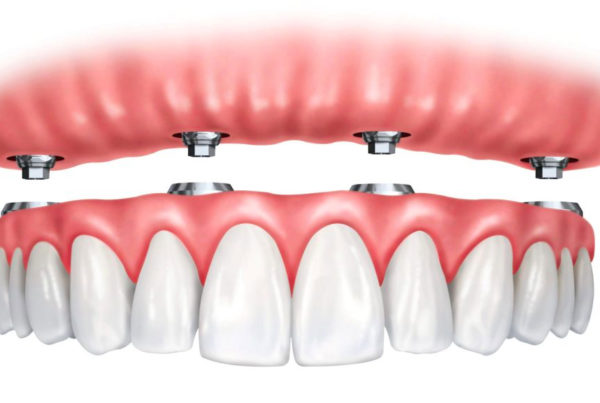 If you are looking to fix one or more cosmetic problems in your smile, chances are you will be faced with at least a couple of treatment options. While this allows patients to choose a method of treatment best suited to their needs, it also requires an informed decision. Such is the case with dental bonding and porcelain veneers, which can be used to treat a number of common cosmetic imperfections. These techniques tend to address the same types of problems, but their specific advantages and disadvantages are notably different. In order to help you make the right decision regarding your smile, our Philadelphia dental practice offers the following information on dental bonding vs. porcelain veneers.
If you are looking to fix one or more cosmetic problems in your smile, chances are you will be faced with at least a couple of treatment options. While this allows patients to choose a method of treatment best suited to their needs, it also requires an informed decision. Such is the case with dental bonding and porcelain veneers, which can be used to treat a number of common cosmetic imperfections. These techniques tend to address the same types of problems, but their specific advantages and disadvantages are notably different. In order to help you make the right decision regarding your smile, our Philadelphia dental practice offers the following information on dental bonding vs. porcelain veneers.
What Conditions Do these Techniques Treat?
Dental bonding and porcelain veneers have a wide overlap when it comes to their purpose. In most instances, either treatment option can be used to fix any of the following problems:
- Discolored teeth
- Gaps between teeth
- Chipped or cracked teeth
- Eroded enamel
- Undersized or misshapen teeth
- Mild crookedness
However, just because either technique can be used doesn’t mean both are equally effective. In order to choose the more appropriate treatment, patients should consider the nature of the problem, including its size, location, and visibility.
Dental Bonding or Porcelain Veneers?
Visually, porcelain veneers are almost always superior to the composite resin used in dental bonding. This is because porcelain is better able to mimic the aesthetics of tooth enamel and because veneers cover the entire front surfaces of teeth. Due to the price and procedure of veneers, though, patients may not always view them as worthwhile, especially if the cosmetic problem is relatively minor.
Therefore, porcelain veneers are usually recommended for patients with multiple or widespread problems. If many teeth are crooked, for instance, veneers can be used as a form of instant orthodontics. If patients suffer from widespread intrinsic discoloration or significant enamel erosion, veneers will similarly provide satisfying results.
On the other hand, problems that are smaller or restricted to a single tooth may be better solved through dental bonding. A single patch of discoloration can easily be solved through dental bonding while still remaining inconspicuous. Minor chips and cracks are especially good cases for dental bonding, since bonding rebuilds the structure of the tooth rather than covering it.
Benefits and Drawbacks of Bonding vs. Veneers
In order to accurately weigh the potential benefits of dental bonding vs. porcelain veneers, patients should consider all factors of treatment. Even when one option offers better cosmetic results, the procedure itself can be a drawback for certain patients.
The benefits of dental bonding lie primarily in its convenience and practicality. Composite resin is much less expensive than porcelain, making the treatment affordable to most patients. Additionally, the treatment process can usually be completed within an hour, results in little if any discomfort, and does not require any removal of existing tooth tissue. In exchange, composite resin tends to need replacement sooner than porcelain, and may be more visible when used for larger restorations.
Porcelain’s benefits are primarily aesthetic. Veneers are virtually indistinguishable from natural teeth, making them an excellent material to completely enhance a tooth’s appearance or create a new smile altogether. In addition to its realistic color and texture, porcelain is also one of the most durable dental materials and is highly resistant to staining. Due to the quality of porcelain, veneers can be prohibitively expensive for some patients. Furthermore, the placement of veneers requires the removal of enamel from the surfaces of teeth, requiring the permanent use of veneers or other restorations in the future.
Which Option Is Right for You?
Even if you fully understand the differences between various treatment options, it can be difficult to make a truly informed decision without the assistance of an experienced cosmetic dentist. By consulting one of our dental professionals, you can learn which technique can best meet your needs and expectations. Schedule an appointment with us to learn all about your cosmetic dentistry options.




























